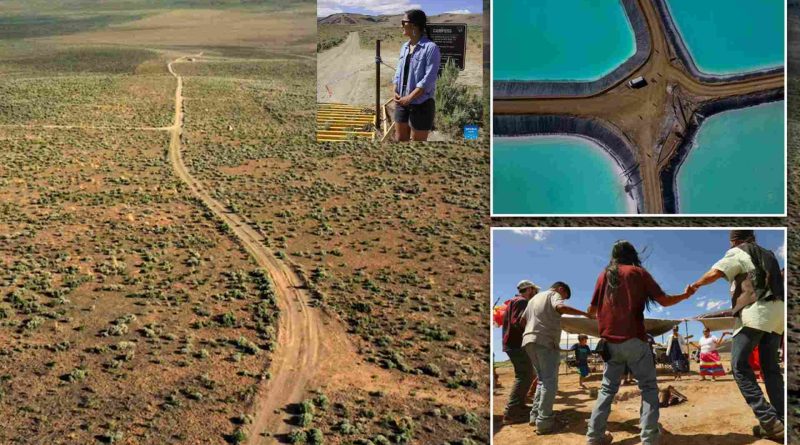Lithium Rush: Navigating Environmental Concerns and Indigenous Sensitivities
Nestled within the rugged terrains of Nevada lies a burgeoning phenomenon – the lithium rush. This mineral extraction surge carries the promise of a precious commodity pivotal in mitigating the dire impacts of global warming.
Fueled by the escalating demand for battery components indispensable to electric vehicles, Silver Peak, the solitary major lithium mine in the US, is witnessing a doubling in its production. Situated in the remote expanse of desert scrub and nascent Joshua trees, a three-hour drive north of Las Vegas, Silver Peak epitomizes this newfound zeal.
Across Nevada, over 17,000 prospecting claims for lithium underscore the allure of this “white gold,” a moniker bestowed upon it by investors enamored with its scarcity and escalating value in the realm of clean energy. The state’s governor, Steve Sisolak, envisions Nevada as the epicenter of lithium, akin to what Wall Street represents for finance or Silicon Valley for technology.
While hailed as a crucial stride in combating the climate crisis by the Biden administration, the prospect of this mining renaissance has stirred unease among environmentalists and Native American communities. With three-quarters of America’s lithium deposits nestled near tribal lands, concerns loom large that the transition from fossil fuels to lithium extraction might perpetuate a cycle of environmental degradation.
The proposed Thacker Pass lithium mine in northern Nevada encapsulates this dilemma. Dubbed a 1,000-acre expanse, it has elicited apprehension from Shelley Harjo of the Fort McDermitt Paiute and Shoshone Tribe, who forewarns of transforming ancestral homelands into sacrificial zones for electric car batteries.
Since its inception in 1966, Silver Peak has sprawled across a 21 square mile expanse in Clayton Valley, extracting lithium through a labyrinth of 22 vast ponds. Evaporation of the briny liquid, drawn from underground reservoirs, yields lithium-rich salt, a process akin to nature’s alchemy under the scorching Nevada sun. This azure-hued brine, reminiscent of Caribbean vistas, undergoes further processing into lithium carbonate, resembling powdery flour.
Amidst Albemarle’s endeavor to double its production to meet the surging demand for electric vehicles, concerns linger over the environmental ramifications and indigenous sensitivities entwined with this lithium revolution. As the industry grapples with its ethical obligations, a delicate balance must be struck between progress and preservation, ensuring that the lithium rush doesn’t tarnish the landscape or scar the communities it touches.

